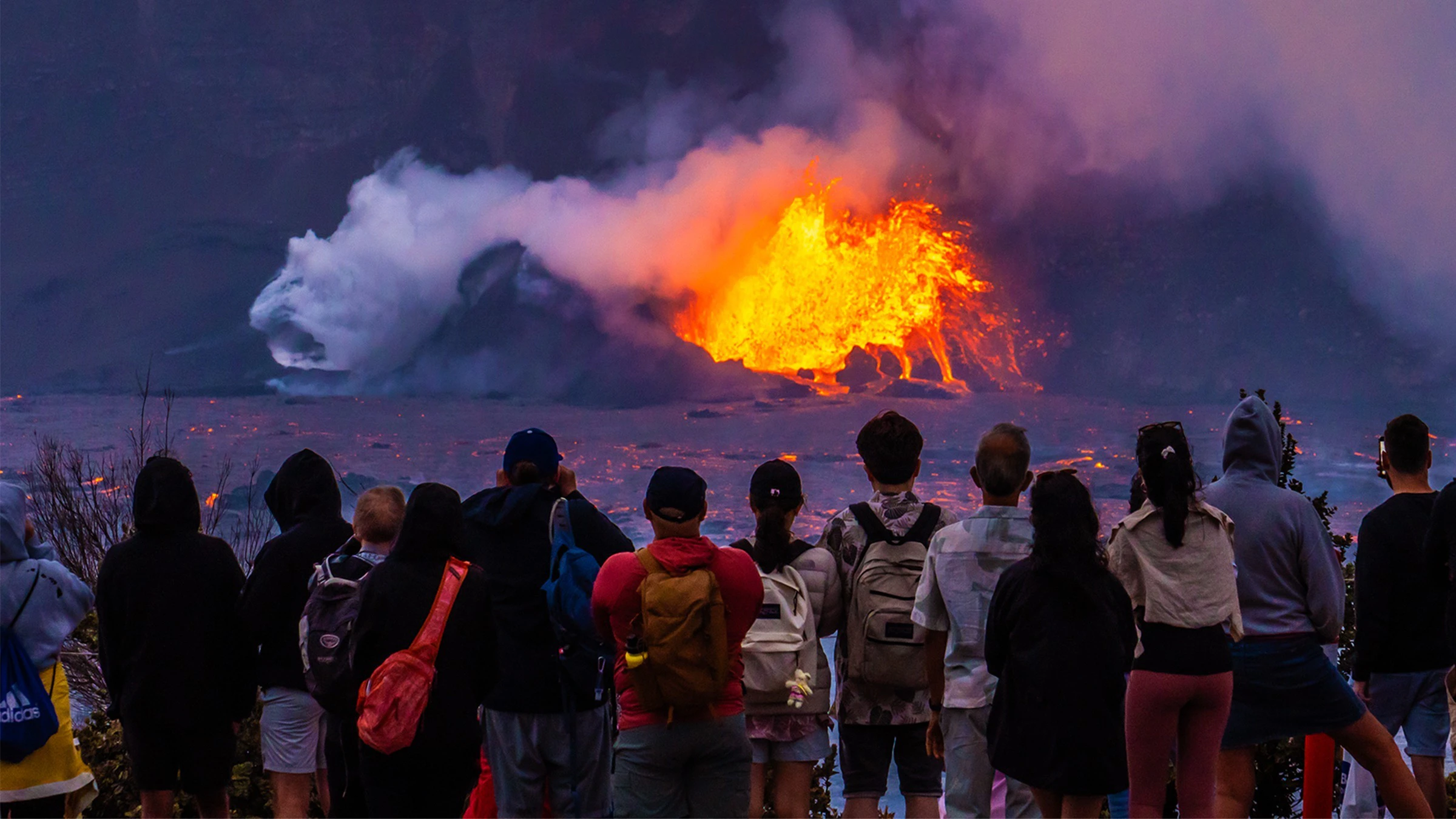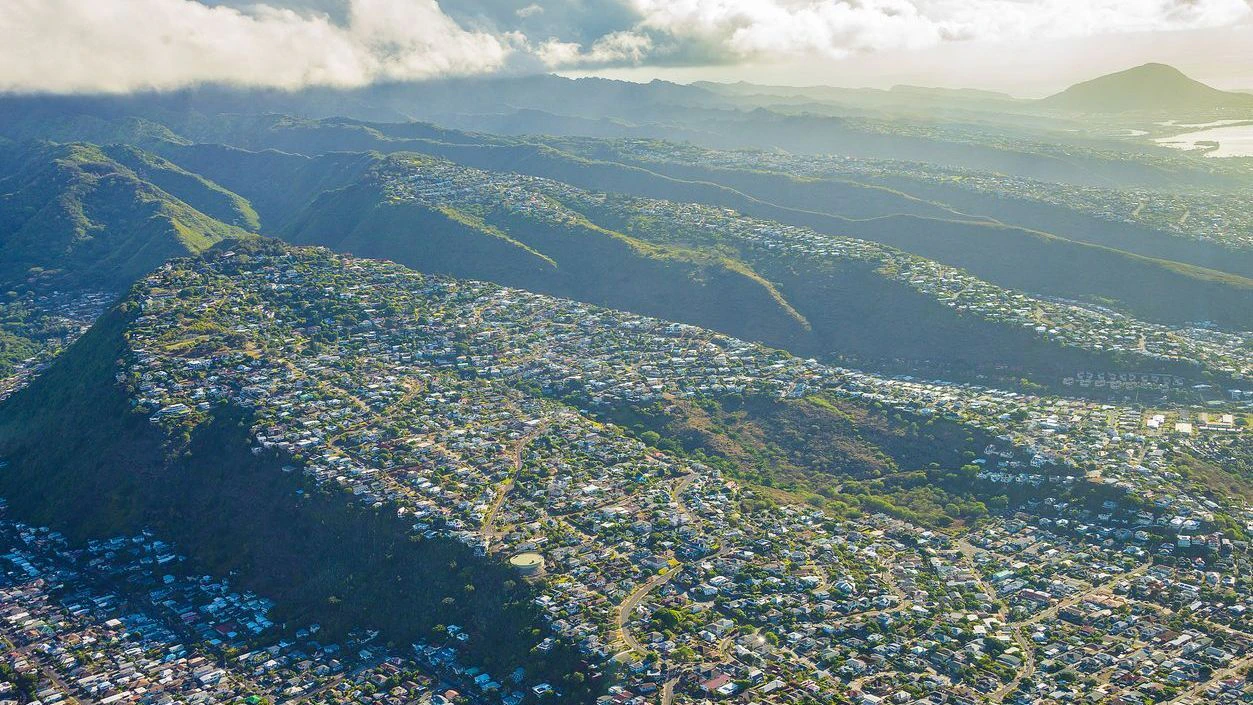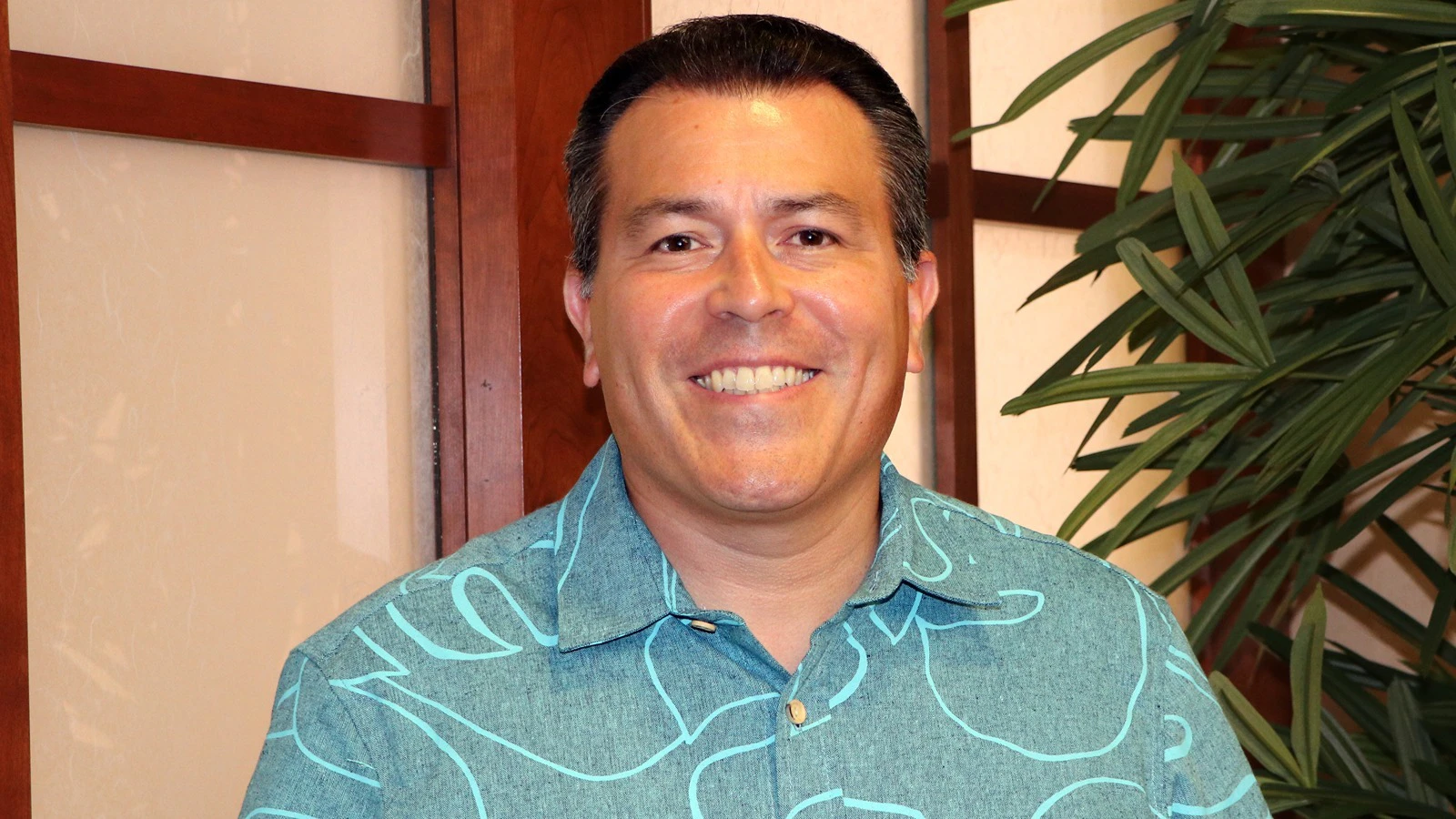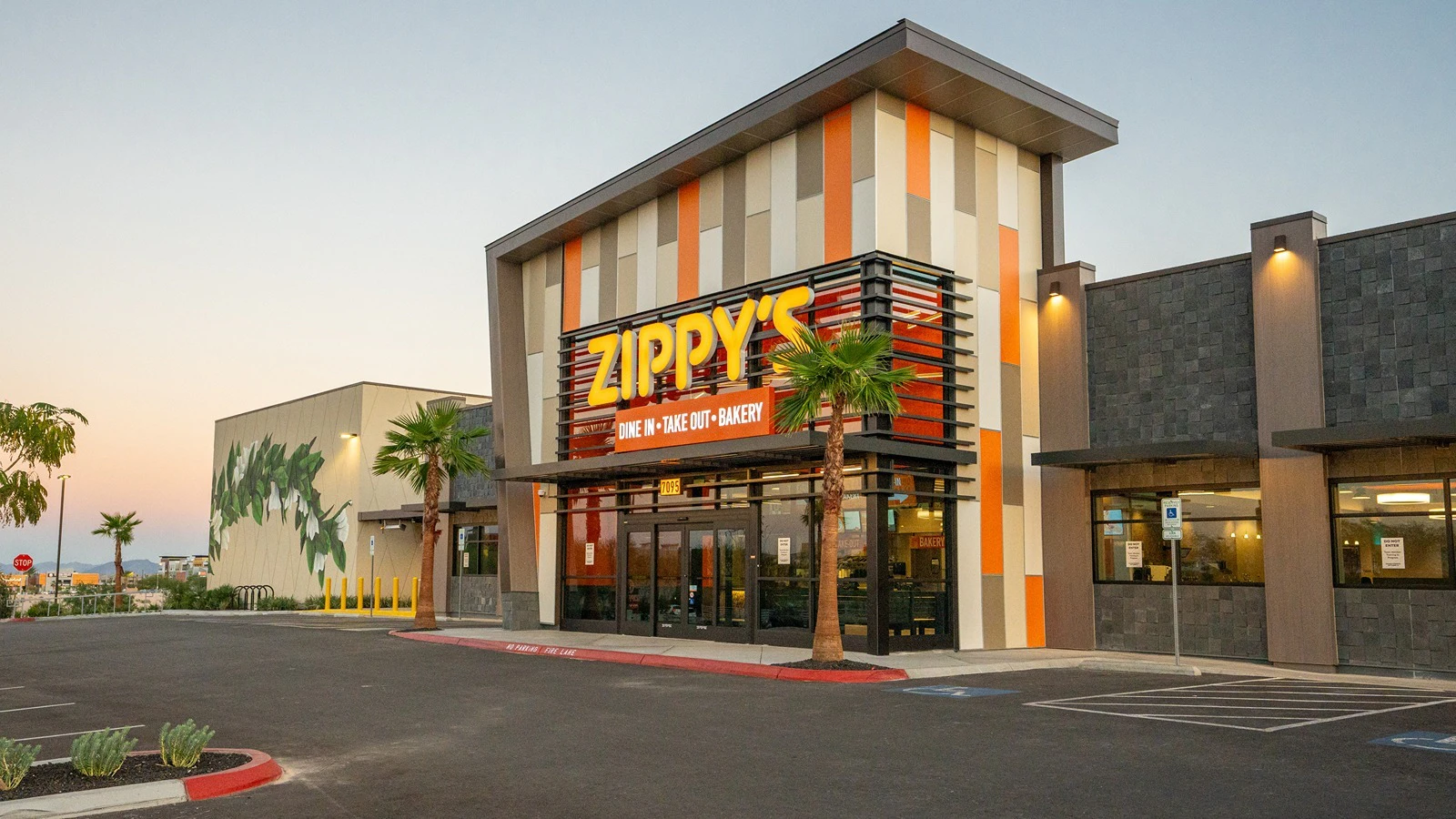The number of visitors to Hawaiʻi Volcanoes National Park increased more than 25% in December compared to the same month in 2023, park officials say.
Although National Park Service visitation statistics are not yet available for January, HVNP spokesperson Jessica Ferracane told Aloha State Daily in an email that the park had 169,439 visitors in December 2024 compared to 135,034 in December 2023.

Is the latest eruption of Kīlauea volcano part of the reason?
The current eruption in Halemaʻumaʻu crater within Kaluapele, the summit caldera, began on Dec. 23, 2024, according to an update Wednesday from the U.S. Geological Survey Hawaiian Volcano Observatory.
Ferracane said the park has welcomed approximately 3,100 visitors a day since then.
“NPS stats show that in years where there was a prominent eruption, there was a coinciding increase in visitation,” she said.
According to Ferracane, the Kīlauea summit is the most congested place for visitors, with or without an eruption, and the busiest time during a summit eruption is usually around sunset, although that can fluctuate.
When it’s more congested, Ferracane said parking lots fill up and there are more people on the trails and overlooks.
During the current eruption, there have been seven episodes of “lava fountaining” separated by pauses in activity, HVO said in its update Wednesday.
Episode seven “ended abruptly” at 10:47 a.m. Tuesday after some 16 hours of eruptive activity, HVO said, noting that eruption may resume in the next two to five days.
Located in Hilo, HVO is one of five volcano observatories within the USGS and monitors volcanoes and earthquakes in Hawaiʻi and American Samoa.
HVNP encompasses the summits of two active volcanoes on Hawaiʻi Island: Kīlauea and Mauna Loa.
Earth scientists from the University of Hawaiʻi at Mānoa have found that these volcanoes share a magma source. This discovery was published recently in the Journal of Petrology. More about that discovery can be found here.
January also is Volcano Awareness Month on Hawaiʻi Island.
A livestream of Halemaʻumaʻu crater can be viewed here.
Stephanie Salmons can be reached at stephanie@alohastatedaily.com.





